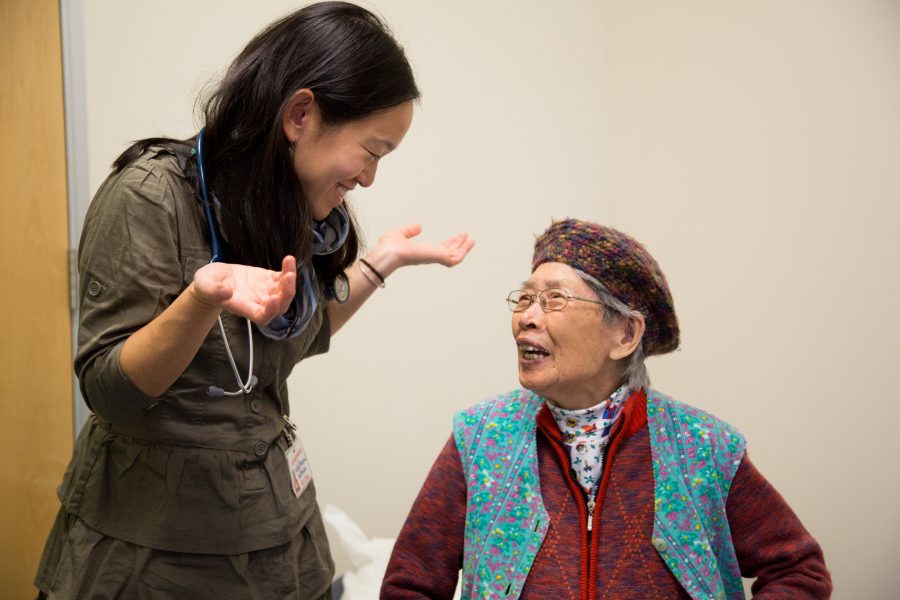Twelve of us are gathered in the sunlit conference room. Some people look tired, others have big smiles on their faces. We go around the table, each person offering a percentage and a few personal details.
I realize it’s almost my turn, so I set down my lunch. “I would say I’m about 85% present right now. I just ate some food, so that always helps! We had a great event last week and I’m looking forward to sharing more about it today.” The sharing continues around the circle until everyone has spoken. We have completed our EQ check-in.
I first heard about EQ check-ins from my former colleague, Roza, who was leading many of us through an +Acumen storytelling course at the time. Check-ins, of course, take many forms, and have been used for many different purposes in both my professional and personal life. “EQ” stands for Emotional Quotient, a term used to describe an individual’s ability to recognize, understand and manage emotions in themselves and others. Thus, an EQ check-in is a check-in that emphasizes reflecting on the participants’ feelings and current capacity for empathy.
This could mean a lot of different things, but the way Roza taught it to us (as +Acumen teaches it in this video for their storytelling course) was about presence. How present do you feel right now? What is causing you to feel present or not present? So when we do EQ check-ins, we share the percent of presence we feel and explain why we choose that number.
We often use EQ check-ins at CCI, especially at the beginning of a staff meeting to take the pulse of the room. It’s a way of helping us frame interactions with each other’s energy, stress levels, attention and life circumstances in mind. This can prevent misunderstandings between colleagues and help everyone avoid making assumptions. If someone comes to a staff meeting distracted or with low energy, the EQ check-in provides an opportunity for that person to be honest and say “I’m not feeling very present and this is why.” That way no one will feel offended or frustrated if that person doesn’t show their usual levels of enthusiasm.
There is an unspoken safety that comes with sharing an honest percentage, especially if the percentage is lower. On the flip side, the check-in can be a time to celebrate small wins when someone is feeling really good about their life and their work.
No matter whether a person is feeling particularly present or not, an EQ check-in creates a shared presence within the group. In her email last month, Veenu spoke about this concept of “shared presence” that we incorporated into our New Agenda program, which I work on. In this program clinicians use the “shared presence” concept to learn to improve how they communicate and build relationships with their patients.

I believe that the EQ check-in is a small and easy strategy for creating shared presence that could be used by staff at health centers or any other kind of organization. It could be used during huddles by care teams, or at any team meeting. If you’re working with patients on Patient Advisory Councils or in design groups, you may consider using this check-in as well.
They can work in one-on-ones, small groups, or medium sized group meetings. I would not recommend you use an EQ check-in in a large group, as it can take a long time to get through everyone’s sharing. If you did have a large group, you can still do an EQ check-in by breaking up into smaller groups.
Once you start using it, the EQ check-in becomes helpful vocabulary for leting other people know how you’re doing. This came in handy recently when I was in Sacramento preparing for our second New Agenda training. The night before, I found out that my husband had been involved in trying to save the life of a gunshot victim who didn’t survive. It was only days after the shooting in Orlando had occurred. I was emotionally hurting, and it was making me less present. I’d pull myself together as soon as our grantees arrived, but I needed those 20 minutes to elevate myself. I knew the best thing I could do for myself and my team was to simply start a conversation by saying, “I’d really like to do an EQ check-in.”



